Let’s face it – keeping track of recipes isn’t always fun. From that stained family recipe card to the quick screenshot you grabbed off TikTok, your collection can get out of hand fast. That’s where recipe apps come in handy, and Recipe Keeper is one that a lot of people are turning to. It’s made to help you keep things tidy in the kitchen – organizing recipes, planning meals, and even pulling together your grocery list. But does it actually make life easier? In this review, we’ll break down what it does well, where it falls short, and how it stacks up to others like ReciMe.
Whether you’re a multitasking parent, a food blogger, or just someone who wants to stop losing recipes, we’ve got you covered. Here’s a full look at Recipe Keeper’s features, real-world pros and cons, and a few tricks to get more out of it.

What Is Recipe Keeper?
Recipe Keeper is basically a digital home for all your recipes. It works across iOS, Android, Windows, and Mac, and everything stays in sync. It’s built by Tudorspan Limited and designed to keep your recipes wherever you go. What makes it different is that it doesn’t load you up with preselected recipes – you build your own library from scratch, adding the stuff you actually want to cook.
Besides recipe storage, it also helps with meal planning and grocery shopping. You can import recipes from the web, scan physical pages, or just type stuff in. It’s made to be flexible enough to match the way you already cook and plan.
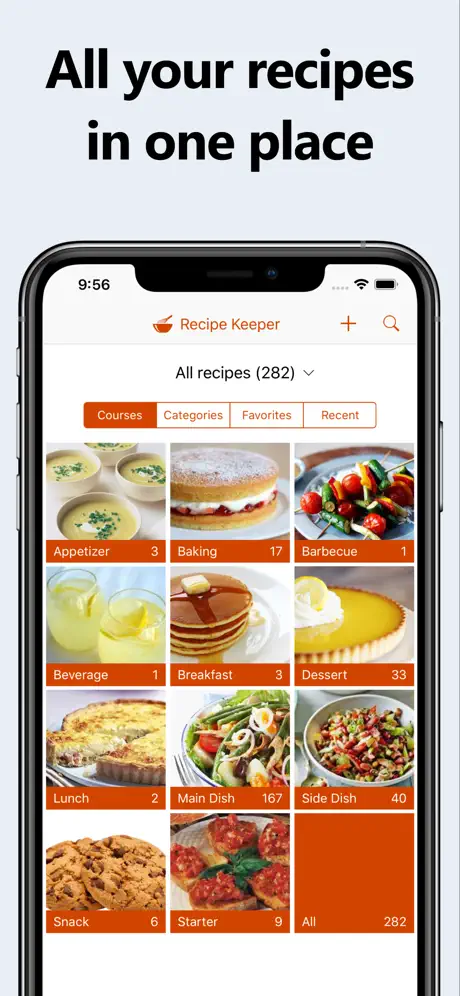
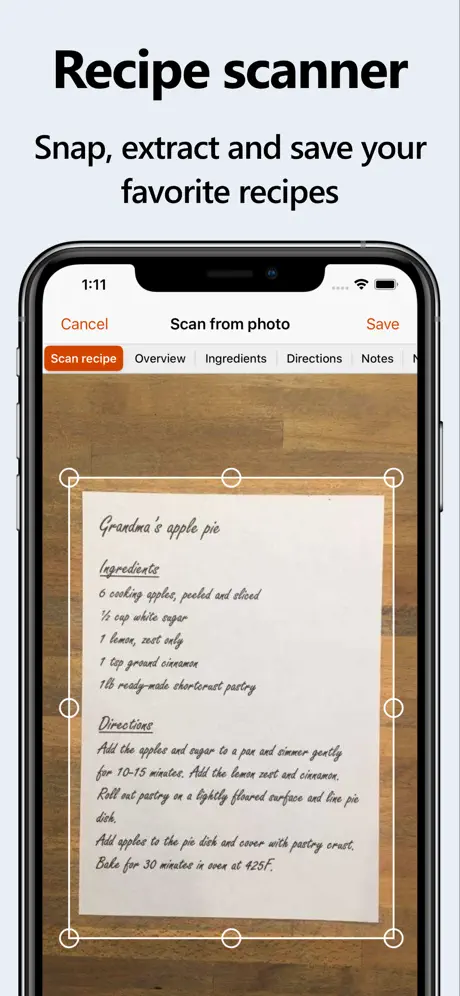
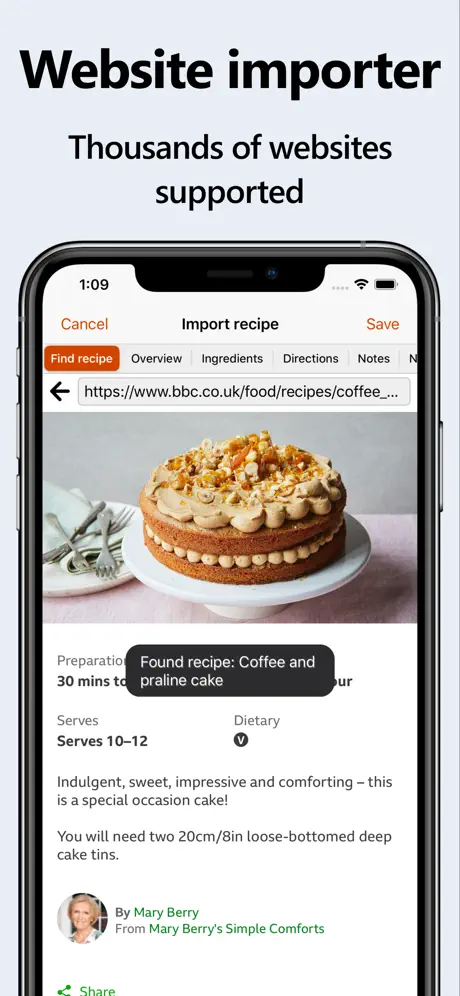
Key Features of Recipe Keeper
Recipe Keeper comes with a lot of tools to help you stay organized in the kitchen. Here’s what stands out:
Recipe Collection and Import
You can pull in recipes from websites like AllRecipes or BBC Good Food using the built-in web clipper. It cleans everything up and drops it into a format with ingredients and directions that are easy to follow.
Scanning and Manual Entry
Got a handwritten recipe or something in an old cookbook? Snap a picture with your phone and let the app’s OCR scanner turn it into digital text. It’s pretty solid with printed stuff, but handwriting can be hit or miss. You can also just type things in yourself – great for those family favorites that aren’t online.
Meal Planning
The calendar-style meal planner lets you drag and drop recipes onto different days. You can plan all three meals if you want, though the setup isn’t automatic. If you want your grocery list to match your plan, you’ll need to manually link them.
Flexibility in Planning
You can save weekly plans and reuse them later, which helps if you rotate meals regularly. But don’t expect any smart features like suggestions based on what’s in your fridge.
Grocery List Creation
The app can pull ingredients from your saved recipes and group them by category, so it’s easier to shop. Think “Produce,” “Pantry,” “Dairy” – that kind of thing.
Cooking Mode
Cooking? Hit cooking mode and follow along with clear steps and ingredients. You can check things off as you go and tap any embedded time (like “bake for 20 minutes”) to start a timer. The screen stays on too, which helps when your hands are messy.
Scaling Recipes
Cooking for two or ten? You can adjust the serving size and the app will automatically update the ingredient amounts. It handles fractions well, so no math needed.
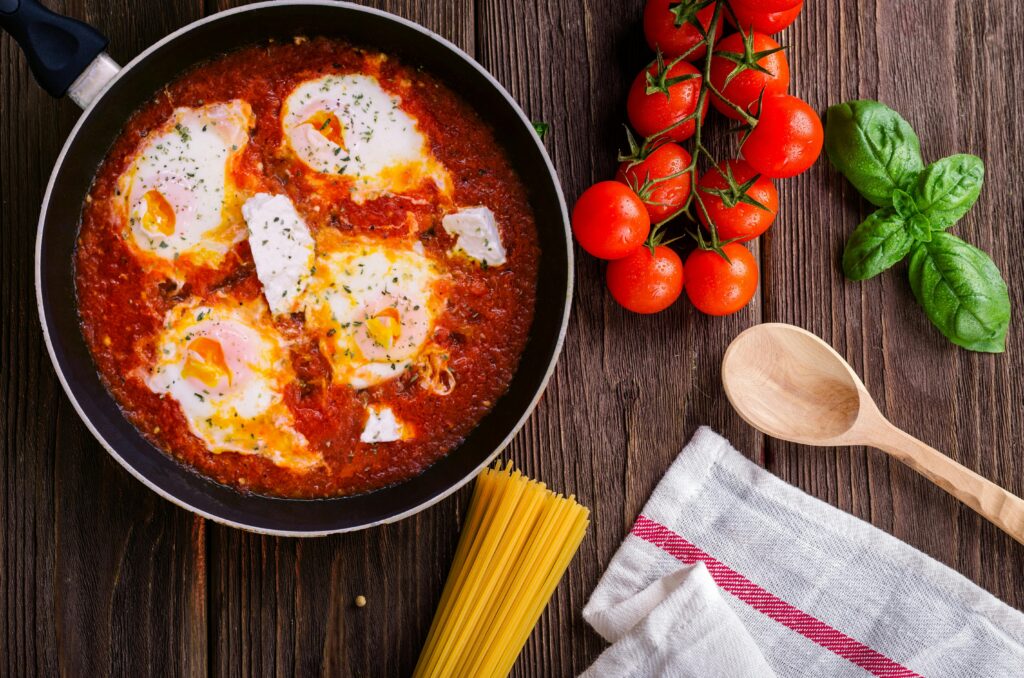
Pros of Recipe Keeper
Recipe Keeper has quite a few features that make it a go-to for a lot of people. Here’s what users like:
Cross-Platform Syncing
You can bounce between your phone, tablet, and computer, and everything stays in sync. It all works through the cloud, and you don’t have to pay extra for this – it’s included.
Reliable Access Anywhere
You’ll always have your recipes with you. Whether you’re at the store, in the kitchen, or on the go, you won’t get stuck.
Versatile Import Options
The mix of importing from the web, scanning paper, and entering manually covers all the bases. People like that it’s not just built for one kind of user.
OCR Precision
The scanner works well with printed pages and saves time. Handwriting isn’t perfect, but just having the option is a bonus.
One-Time Purchase
You pay once and that’s it. No monthly fees, no surprise upgrades. Compared to apps that charge every year, it’s pretty wallet-friendly.
Cons of Recipe Keeper
No app nails everything, and Recipe Keeper does have a few downsides to keep in mind.
Basic Interface
The design is straightforward but nothing fancy. Some users like that it’s clean and simple, while others feel it looks a little old-school.
Navigation Quirks
Moving between recipes or getting around the planner can feel clunky at first. It’s not hard to learn, but there’s a bit of a curve.
Limited Meal Planning Automation
You still have to manually connect your meal plan to your grocery list. For some, that extra step feels unnecessary.
No Smart Suggestions
It doesn’t recommend meals based on what you’ve got at home or what you’ve made before. Some people miss that.
OCR Struggles with Handwriting
The scanner does great with printed pages, but handwritten ones can be a hassle. You might have to fix things after scanning.
Who Should Use Recipe Keeper
So, who’s this app actually for? Based on what it offers, here’s who’ll get the most out of it:
- Recipe Archivists: Great for those organizing both digital and paper recipes
- Budget-Conscious Cooks: You pay once and you’re done
- Multi-Device Users: If you switch between devices a lot, syncing is smooth
- Practical Planners: You want things neat and functional, not flashy
If you want an app that gives you smart suggestions or looks super sleek, you might need something else. But if you’re after a dependable, all-in-one recipe tool, this one fits the bill.
How Recipe Keeper Compares to Similar Apps
Wondering how Recipe Keeper stacks up? Let’s break it down next to some other big names in the recipe app world.

Recipe Keeper vs. ReciMe
At ReciMe, we focus on giving people a simpler, smarter way to collect and share recipes. While Recipe Keeper leans more toward the traditional setup with folders and manual input, we’ve built ReciMe for mobile-first cooks who save recipes from everywhere – Instagram, Pinterest, screenshots, and beyond.
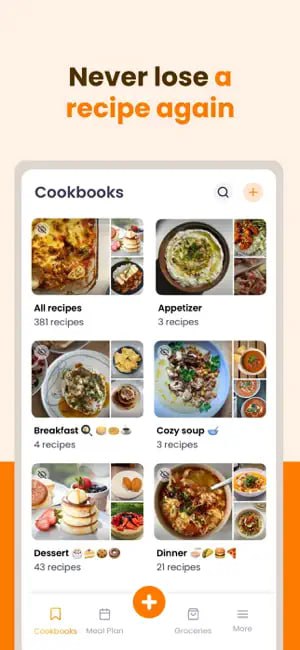

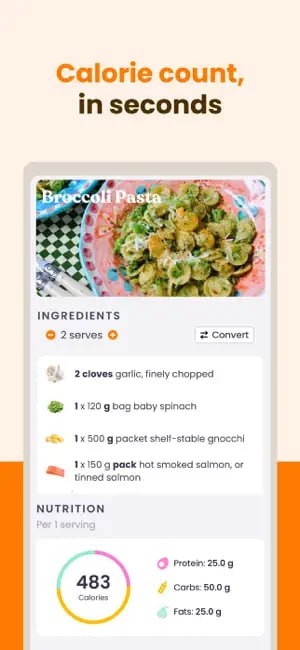
We make it easy to build your weekly meal plan, sort groceries by aisle, and save recipes from almost any platform. If you’re looking for convenience and a more modern experience, we’ve got you covered.
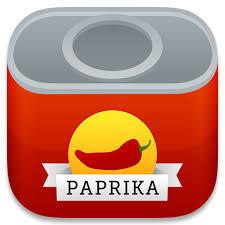
Recipe Keeper vs. Paprika
Paprika is similar in that it offers web imports and syncing, but it’s split across platforms – $4.99 for mobile, $29.99 for desktop. It looks a bit sleeker and comes with built-in timers, but it doesn’t have OCR scanning like Recipe Keeper. Also, paying for each version separately can get pricey.

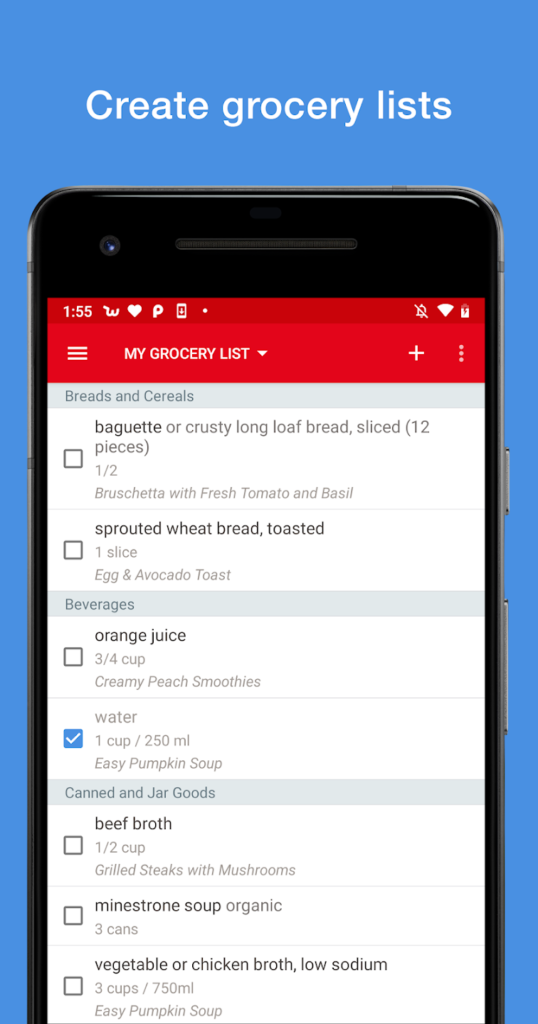
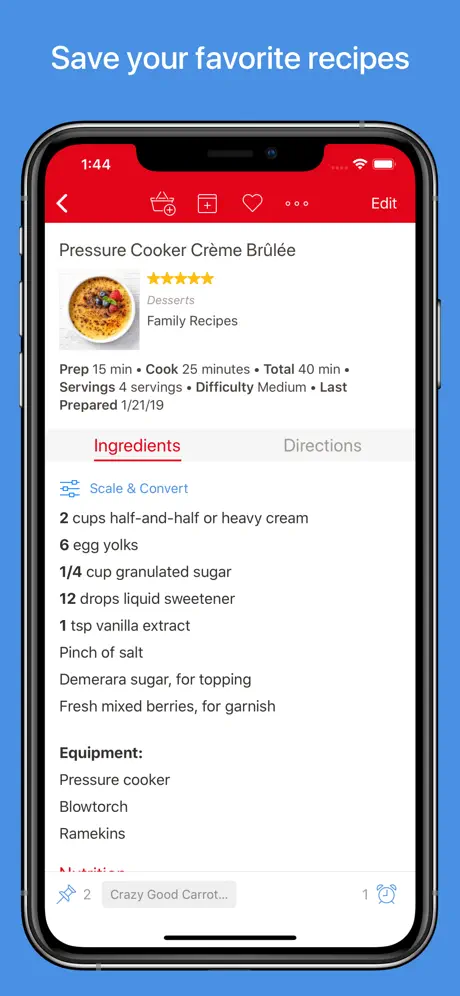
Paprika feels more polished, but Recipe Keeper holds up with its scanning features and one-time total cost.
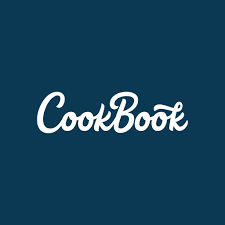
Recipe Keeper vs. CookBook
CookBook is another one-time purchase app that includes scanning and planning tools. It’s geared toward people who care about aesthetics, and its design reflects that.
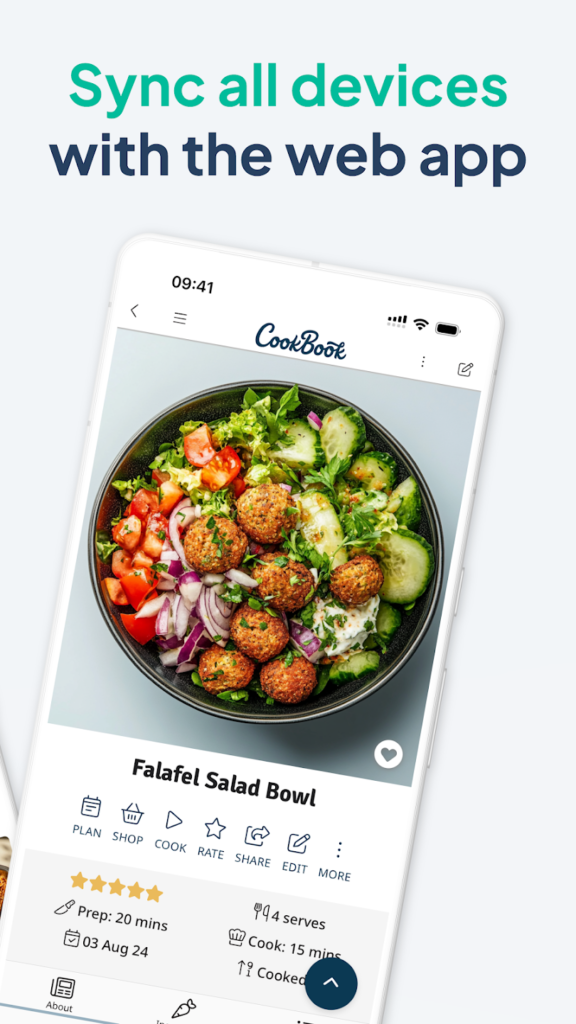
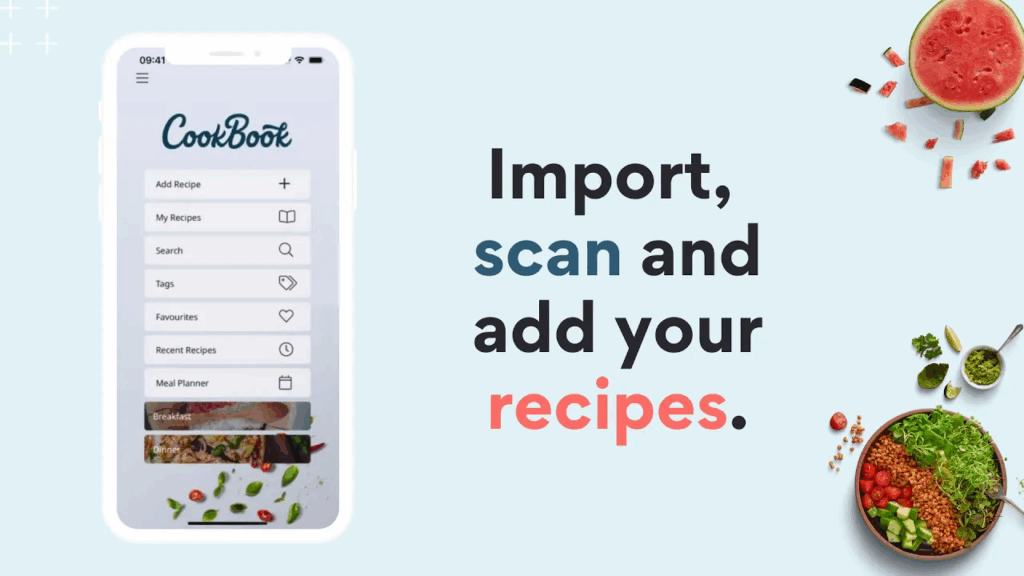
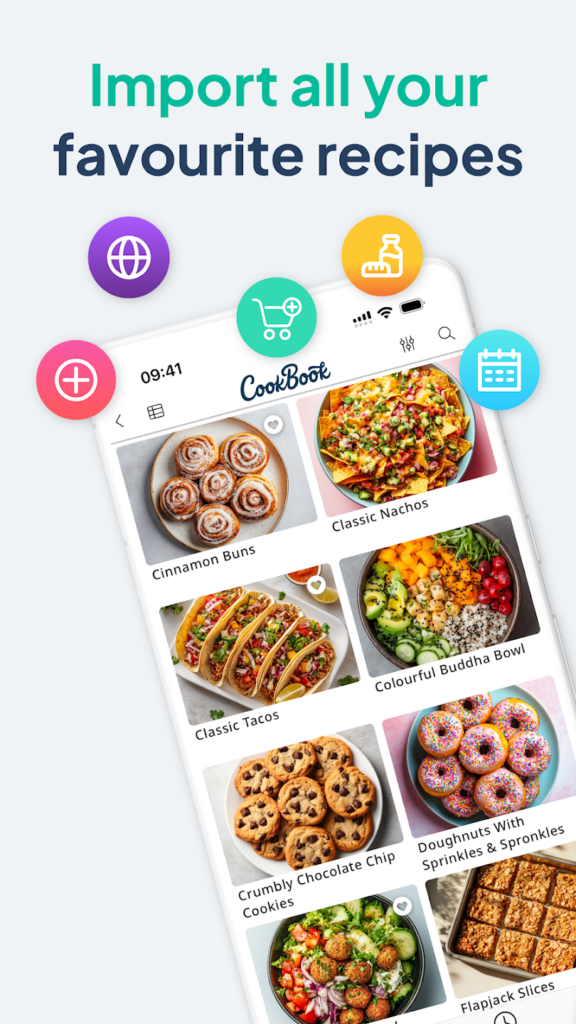
But when it comes to core features and affordability, Recipe Keeper has the edge.
Users Feedback on Recipe Keeper
What’s the actual experience like? Here’s what users say:
What Users Love and Critique
- Syncing Reliability: Users love the cross-device syncing – it just works
Import Speed: Pulling recipes from the web is quick and mostly accurate - Scanner Mixed Bag: Great for printed recipes, not always great for handwriting
- Simple but Dated: Design is functional but could use a refresh
Most people find it super useful and easy to rely on, especially for the price. Just know it’s more about practicality than bells and whistles.
Additional User Insights on Recipe Keeper
Outside the usual pros and cons, users have shared more down-to-earth thoughts that give you a better feel for how Recipe Keeper actually fits into their everyday kitchen routines. These aren’t flashy selling points, but they shape how people use (and talk about) the app in real life.
Hidden Gems and Gripes
Once you dig into user reviews, you start to notice the little things people either love or quietly wish were different. Here are a few of those details:
- Offline Access Cheers: The ability to open your recipes with no Wi-Fi gets more love than you’d expect. It’s especially handy in places like cabins, basements, or anywhere signal is hit or miss.
- Learning Curve Surprise: A few users said the early setup was a bit bumpy – figuring out the scanner or organizing categories isn’t super intuitive at first. But most say it clicks after a little time using it.
- Sharing Ease: One of those quiet wins is how easy it is to share recipes via email. Not everyone uses it, but those who do find it super convenient for passing along meals to friends or family.
Overall, people appreciate how solid and reliable the app feels, even if a few tweaks could smooth out the rough edges. The vibe is mostly positive, with calls for an easier start or maybe a little extra polish here and there.
Tips and Lifehacks for Using Recipe Keeper
Let’s talk about the tricks that make Recipe Keeper run even smoother. These aren’t big features, but they help you get more out of the app once you’ve got your recipes loaded up.
Optimize Recipe Imports
Stick to recipe sites that are clean and easy to read – they import better. If something looks weird after pulling it in, it’s often faster to copy-paste the text manually than messing with formatting fixes. Test a few favorite sites so you know which ones work best.
Batch Scanning
If you’ve got a pile of cookbook pages, scan them all in one go and clean them up later. It saves time upfront, even if handwritten stuff needs a little editing afterward.
Customize Categories
Take a few minutes to set up grocery list categories that match your local store’s layout. It might feel tedious at first, but it pays off when your list flows with how you actually shop.
Use Notes for Tweaks
Made a change to a recipe? Jot it down in the notes section – like “used extra garlic” or “halved the salt.” That way you remember it next time without changing the original.
Plan Ahead with Favorites
Tag your go-to recipes as favorites. It makes pulling together a weeknight meal plan way quicker when you’re short on time and just need to get dinner on the calendar.
Conclusion
Recipe Keeper isn’t trying to be flashy – and that’s kind of the point. It gives you a straightforward way to collect, plan, and shop around your own recipes without monthly fees or complicated menus. The interface may be basic and the planner not super smart, but what it does offer works well and reliably.
Whether you’re digitizing old recipe cards or just trying to stay on top of meal planning, this app sticks to what matters. It won’t wow you with design, but for a one-time price, it gives you what you need to keep your cooking life organized. Try the free version first, and if it fits your rhythm, the paid upgrade might be all you need for a tidier kitchen routine.
Frequently Asked Questions (FAQ)
1. Which platforms support Recipe Keeper?
Recipe Keeper is available on iOS, Android, Windows, and Mac, covering phones, tablets, and computers. Each platform requires a separate purchase, as no single license covers all devices. Syncing across devices is possible with a unified account.
2. Are recipes included with Recipe Keeper?
No preloaded recipes come with the app. It’s designed for users to build a personal collection by manually entering recipes, scanning them from photos or PDFs, or importing them from websites, focusing on organizing existing favorites.
3. How does syncing function across devices?
Syncing occurs through a free cloud service linked to a Recipe Keeper account. After purchasing the app for each device, signing in with the same email enables automatic updates for recipes, shopping lists, and meal plans across all linked devices.
4. Is offline use supported by Recipe Keeper?
Offline access is available since recipes are stored locally on the device. Browsing, cooking, or editing saved content works without an internet connection, making it practical for areas with unreliable Wi-Fi, provided syncing happens beforehand for multi-device setups.
5. Is Recipe Keeper a one-time purchase or subscription-based?
The app requires a one-time purchase, not a subscription. Costs range from approximately $5 to $15, depending on the platform – mobile versions are less expensive than desktop ones. No recurring fees apply, though major updates might involve additional purchases.
6. How effective is the web recipe import feature?
A built-in browser allows importing recipes from numerous supported websites with a single tap, automatically capturing ingredients and instructions. For less compatible sites, manual adjustments or URL pasting may be necessary, but the process generally performs reliably.
7. Does Recipe Keeper assist with meal planning or shopping?
Meal planning is supported through a feature that schedules recipes by day or week, while a shopping list tool organizes ingredients by aisle. Items from recipes can be added directly to the list, though the functionality remains basic compared to specialized planning apps.
